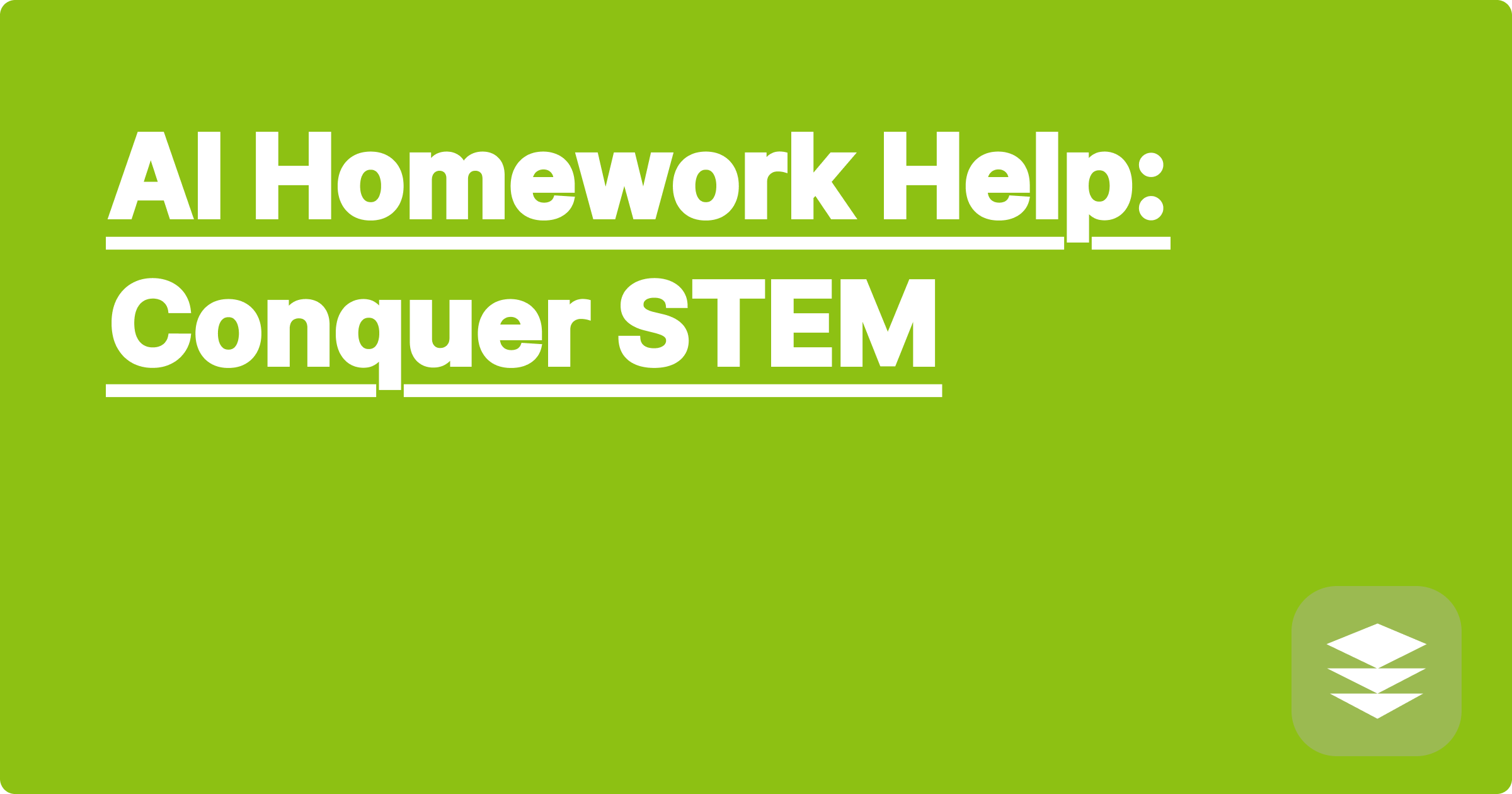
The demanding world of STEM education and research presents a unique set of challenges. Long nights in the lab, complex problem sets, and the constant pressure to innovate can feel overwhelming. However, a powerful ally has emerged in the form of artificial intelligence, offering innovative solutions to these very challenges. AI-powered tools are transforming the learning landscape, providing personalized support, streamlining research processes, and empowering STEM students to conquer their academic goals. From generating personalized study plans to assisting with complex calculations and even providing feedback on writing, AI is becoming an indispensable tool for success in STEM fields.
This shift towards AI-powered learning is not just a trend; it’s a fundamental change in how we approach education and research. For STEM students and researchers, embracing these tools can significantly enhance their understanding, improve their productivity, and unlock their full potential. This blog post will explore the specific challenges faced by STEM students, delve into the innovative solutions offered by AI, and provide practical strategies for leveraging these tools to achieve academic excellence and research breakthroughs. We’ll examine how platforms like the fictional GPAI (Generalized Personalized AI Interface), a hypothetical example of a comprehensive AI learning platform, and other real-world tools can be integrated into your workflow to maximize your efficiency and achieve your academic and research goals.
STEM fields, encompassing science, technology, engineering, and mathematics, are inherently complex and demanding. Students often grapple with abstract concepts, intricate calculations, and vast amounts of information. Traditional learning methods can sometimes fall short in providing the personalized support and targeted feedback necessary for true mastery. Furthermore, the ever-evolving nature of STEM requires continuous learning and adaptation, putting immense pressure on students to stay ahead of the curve. Research in STEM is equally challenging, requiring meticulous data analysis, extensive literature reviews, and the ability to synthesize complex information. These challenges can lead to frustration, burnout, and a sense of being overwhelmed, hindering academic progress and impacting overall well-being.
AI-powered tools offer a revolutionary approach to tackling these challenges. Platforms like the hypothetical GPAI, along with existing tools like Wolfram Alpha, ChatGPT, and others, provide personalized learning experiences tailored to individual needs. GPAI, for instance, could offer customized study plans based on your strengths and weaknesses, generate practice problems relevant to your coursework, and even provide step-by-step solutions to complex problems. Imagine having a virtual tutor available 24/7 to guide you through challenging concepts and provide instant feedback on your progress. For research, AI can assist with literature reviews by summarizing key findings from numerous papers, identifying relevant research gaps, and even suggesting potential research directions. These tools empower students to take control of their learning and research, fostering deeper understanding and accelerating progress.
Integrating AI tools into your workflow can be seamless and highly beneficial. Start by identifying your specific needs and challenges. Are you struggling with a particular concept in physics? Do you need help managing your research data? Once you've pinpointed your areas for improvement, explore the various AI tools available and select the ones that best address your needs. For example, if you're struggling with calculus, Wolfram Alpha can provide step-by-step solutions and visualize complex functions. If you need help writing a lab report, ChatGPT can assist with grammar, structure, and even suggest relevant content. GPAI, in our hypothetical example, could integrate these functionalities and offer personalized feedback based on your course material. Experiment with different tools and find the ones that fit your learning style and research goals.
Consider a physics student grappling with projectile motion. Using a simulator powered by AI, they can visualize the trajectory of a projectile under different conditions, adjusting parameters like initial velocity and angle of launch. This interactive approach fosters a deeper understanding of the underlying physics principles. A chemistry student can utilize AI-powered molecular modeling software to visualize complex molecular structures and predict their properties, accelerating their understanding of chemical reactions. In mathematics, AI can assist with symbolic computations, simplifying complex equations and providing step-by-step solutions. These practical applications demonstrate the transformative potential of AI in STEM education and research.
To maximize the benefits of AI tools, incorporate them strategically into your study and research routine. Use GPAI, or a similar platform, to create a personalized study schedule, allocating time for specific subjects and tasks. Integrate the Pomodoro technique with your AI-powered schedule to enhance focus and productivity. Leverage AI-powered note-taking apps to organize your notes and create summaries of key concepts. Don't forget the importance of mental well-being. Explore AI-powered meditation apps to manage stress and maintain a healthy work-life balance. Remember, AI tools are meant to augment your abilities, not replace them. Combine the power of AI with your own critical thinking and problem-solving skills to achieve optimal results.
Finally, embrace a mindset of continuous learning and experimentation. The field of AI is constantly evolving, with new tools and features emerging regularly. Stay curious, explore new platforms, and find the tools that best support your academic and research journey. By integrating AI strategically and maintaining a proactive approach to learning, you can unlock your full potential and conquer the challenges of STEM, achieving both academic excellence and a fulfilling research experience. Remember to evaluate the effectiveness of the tools you choose, comparing them to other options and seeking feedback from peers and mentors. This continuous evaluation process will ensure you are leveraging the most effective AI tools for your specific needs and goals. Don't be afraid to seek support from professors and advisors, who can provide valuable insights and guidance on integrating AI into your academic pursuits.
AI for Biology: Data Visualization
AI for Stats: Data Analysis Made Easy
AI Study Prep: Master STEM Exams
AI Homework Help: Conquer STEM
AI for Research: Find Key Papers
AI Coding Helper: Code Smarter
AI Physics Tutor: Problem Solving
AI in Biology: Data Visualization